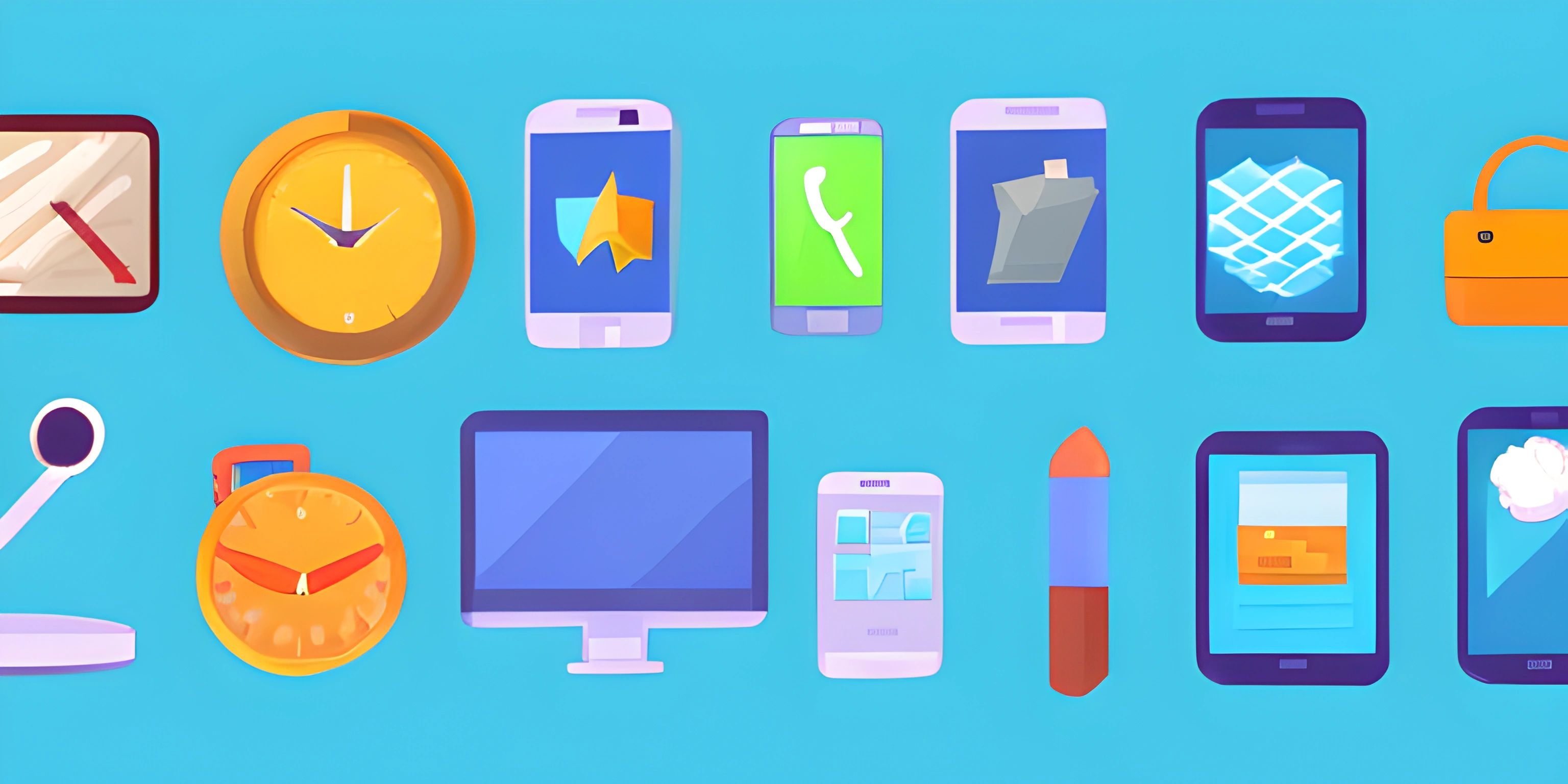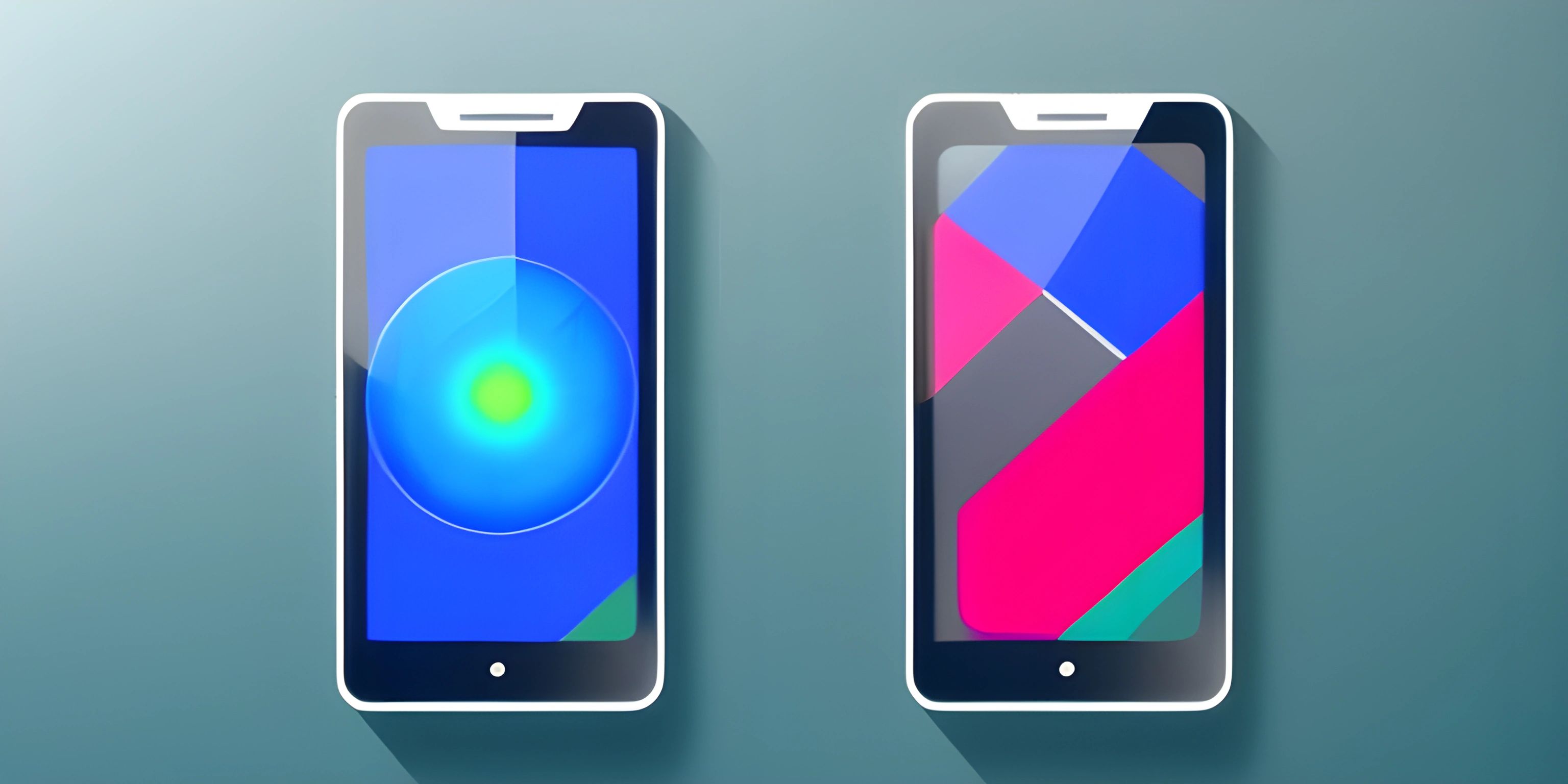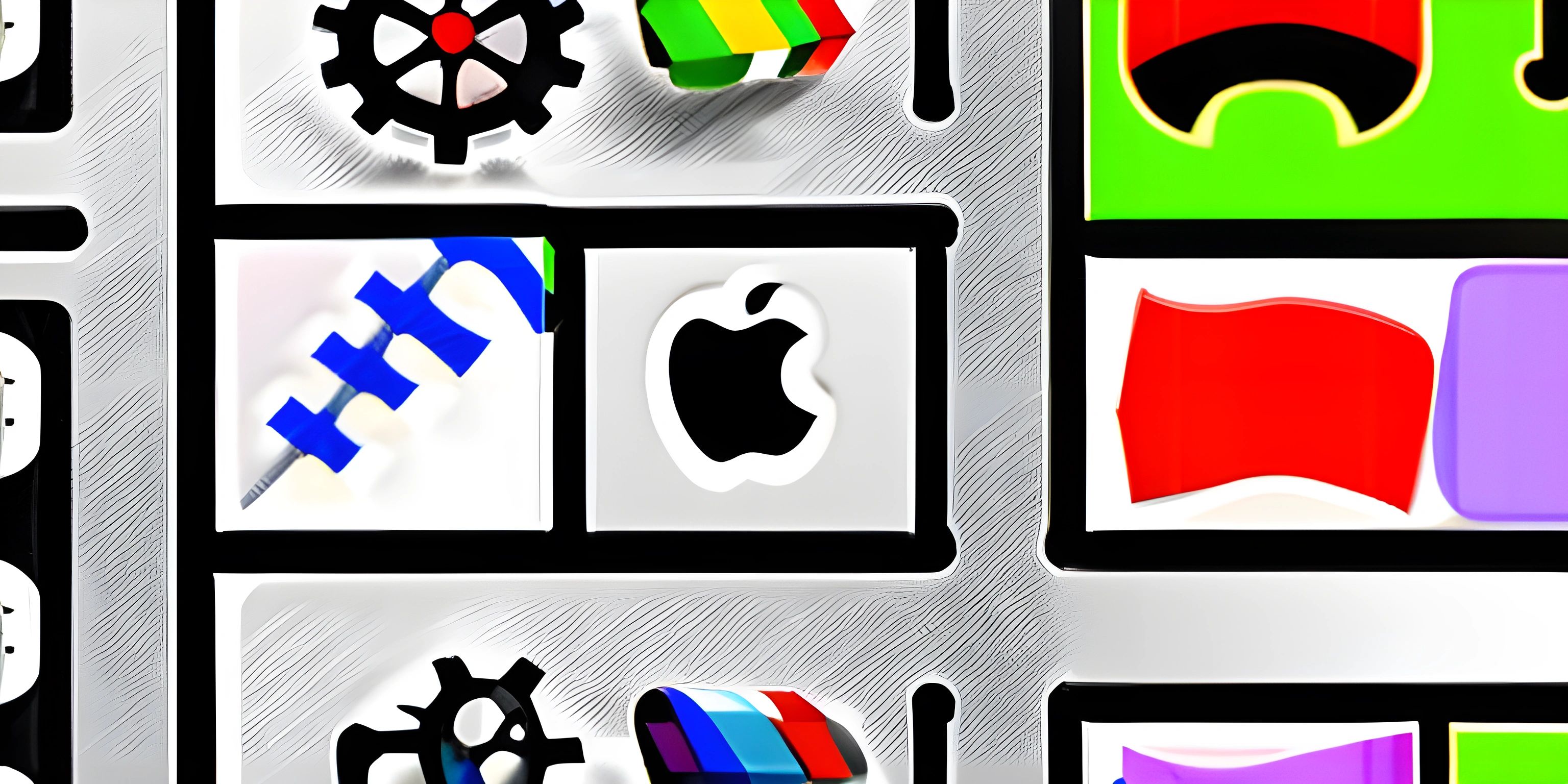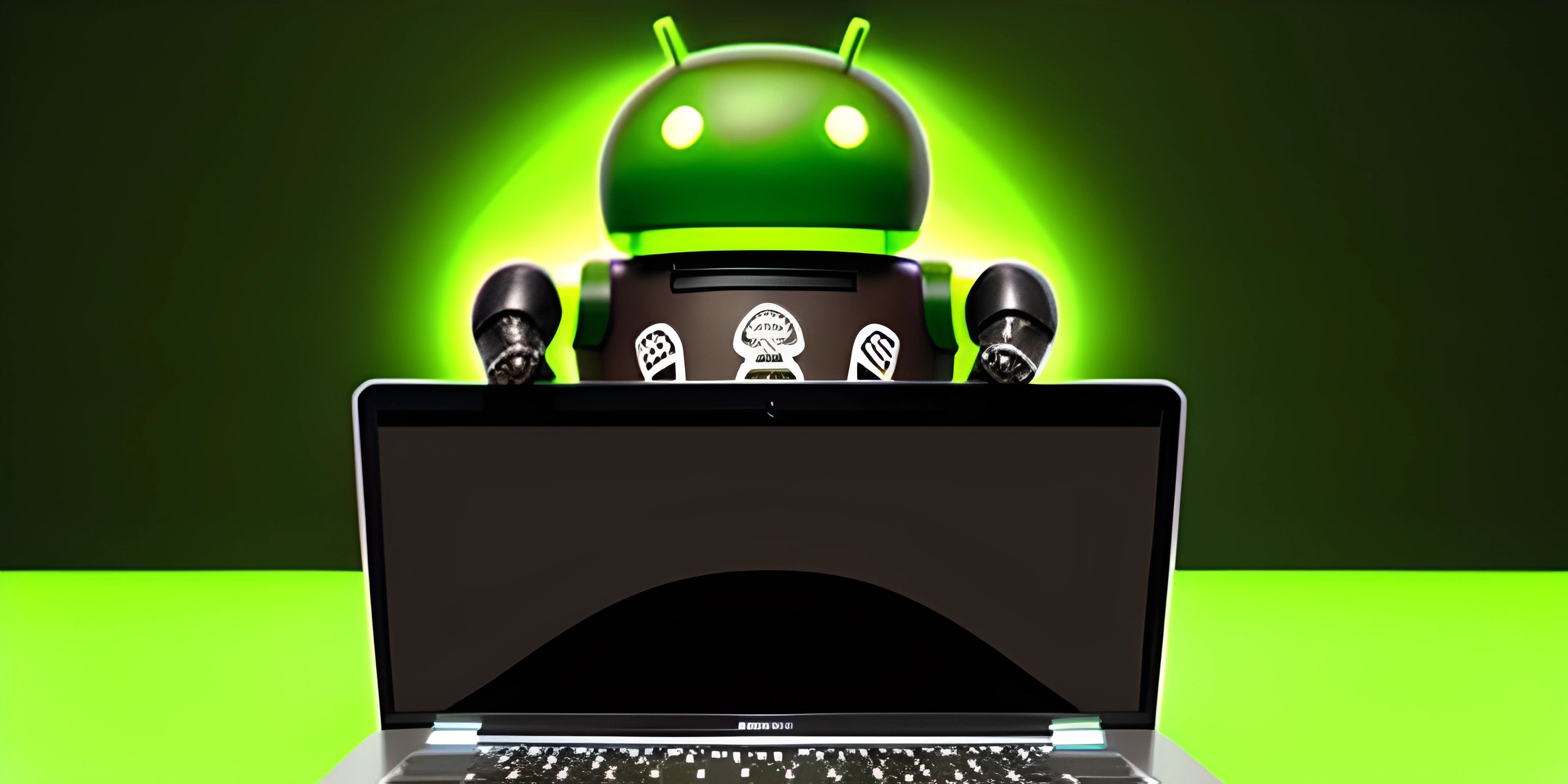Mobile Development

Note: this page has been created with the use of AI. Please take caution, and note that the content of this page does not necessarily reflect the opinion of Cratecode.
Diving into the world of mobile application development can be both exciting and overwhelming. With millions of apps available on the iOS and Android platforms, it's a popular field for developers to explore. So, let's get our feet wet and learn what mobile development is all about!
Platforms
Two major platforms dominate the mobile development landscape: iOS and Android. iOS is Apple's mobile operating system, which runs on iPhones, iPads, and iPod Touch devices. Android, on the other hand, is Google's mobile operating system, which powers a wide range of devices from various manufacturers.
iOS Development
For those who want to develop apps for Apple's devices, you'll need to get familiar with Swift and Objective-C programming languages. Swift is Apple's modern programming language, designed specifically for iOS, macOS, watchOS, and tvOS development. Objective-C is an older language that's still used in some legacy projects.
You'll also need to use Apple's Xcode integrated development environment (IDE) to create, test, and debug your iOS applications. Xcode provides an all-in-one environment, including a code editor, Interface Builder, and debugging tools.
Android Development
When developing apps for Android devices, you'll mainly work with Java and Kotlin programming languages. Java has been the go-to language for Android development since its inception, but Kotlin is quickly gaining popularity as an alternative. Kotlin is a modern language that is fully interoperable with Java, making it a popular choice for new Android projects.
For your Android development journey, you'll use Android Studio as your IDE. It's the official IDE for Android development and offers a wide array of tools, such as code editing, debugging, and an emulator for testing your apps on various devices.
Cross-Platform Development
In addition to native iOS and Android development, you can also opt for cross-platform development. This approach allows you to write code once and run it on both platforms. Some popular cross-platform frameworks include:
- React Native: Developed by Facebook, React Native lets you build mobile apps using JavaScript and the React library.
- Flutter: Created by Google, Flutter is a UI toolkit that allows you to build natively compiled applications for mobile, web, and desktop using the Dart programming language.
- Xamarin: Xamarin, now part of Microsoft, is a cross-platform framework that enables you to write mobile apps using C# and the .NET ecosystem.
These frameworks can save you time and resources by allowing you to share a significant portion of your codebase between iOS and Android apps. However, they may not always provide the same level of performance or access to native APIs as native development.
Conclusion
Mobile development is an exciting and ever-evolving field, offering countless opportunities for developers. Whether you choose to focus on native iOS or Android development or explore cross-platform options, you'll find a wealth of resources and tools to help you create amazing mobile experiences. Happy coding!
Hey there! Want to learn more? Cratecode is an online learning platform that lets you forge your own path. Click here to check out a lesson: Why Program? (psst, it's free!).
FAQ
What is mobile development?
Mobile development is the process of creating, designing, and maintaining applications for mobile devices, such as smartphones and tablets. This involves using various programming languages, frameworks, and tools to build applications that can run on different mobile operating systems, such as iOS and Android.
What are the main platforms for mobile development?
The two predominant platforms for mobile development are iOS and Android. iOS is developed by Apple and runs on devices such as iPhones and iPads, while Android is developed by Google and runs on a wide range of devices from various manufacturers.
What programming languages are used for iOS and Android development?
For iOS development, the primary programming languages are Objective-C and Swift. Swift is the more modern language and is recommended for new projects. For Android development, the primary programming languages are Java and Kotlin. Kotlin is the more modern language and is now the preferred choice for new Android projects.
Can I develop a mobile app for both iOS and Android using a single codebase?
Yes, you can use cross-platform development frameworks to create a single codebase that runs on both iOS and Android devices. Some popular cross-platform development frameworks are React Native, Xamarin, and Flutter. These frameworks allow you to write your app in one language (such as JavaScript or C#) and have it run on both platforms with minimal platform-specific adjustments.
How do I get started with mobile development?
To get started with mobile development, you'll first want to choose the platform(s) you'd like to develop for (iOS, Android, or both). Then, learn the programming language(s) and tools required for your chosen platform(s). There are many online resources, tutorials, and courses available to help you learn mobile development. Additionally, you can practice by building small projects and gradually working your way up to more complex applications.





